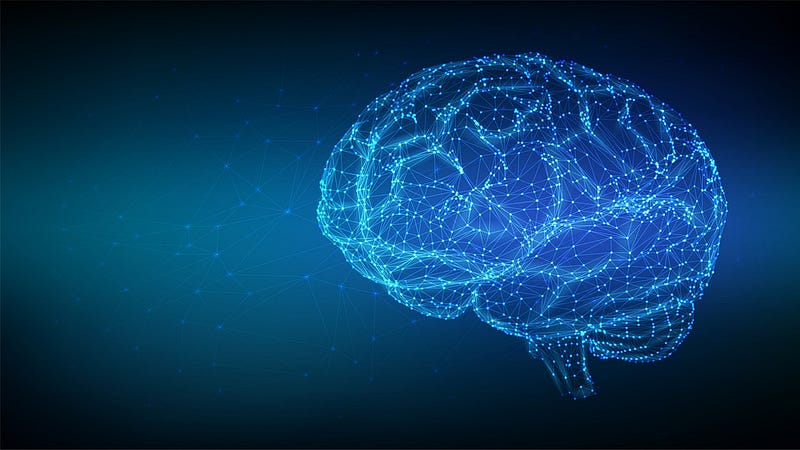How to Optimize Brain Waste Clearance While Awake
Written on
Chapter 1: The Glymphatic System Explained
Research indicates that our glymphatic system can be activated even during wakefulness, providing a means to eliminate waste from the brain.

Sleep is widely recognized for its numerous benefits, including the removal of waste products from the brain. The glymphatic system has recently been identified as the primary network responsible for this cleansing process.
Previous studies have revealed a connection between specific brain signals—known as BOLD (blood-oxygenation-level-dependent) signals—and overall brain health. These findings demonstrated that significant fluctuations in the BOLD signal corresponded with similar changes in the flow of cerebrospinal fluid (CSF) through the brain’s ventricles, which is essential for waste clearance.
Moreover, the relationship between BOLD signals and fluid dynamics appears to weaken in individuals experiencing cognitive decline or Alzheimer’s disease.
However, the question arises: Is sleep a necessity for these benefits? A new study indicates that it might not be.
Section 1.1: Experimental Insights
Researchers conducted three experiments to examine the brain's reaction to visual stimuli.
In the first experiment, six healthy adults underwent functional magnetic resonance imaging (fMRI) and electroencephalography (EEG) while observing a flickering radial checkerboard. Experiments two and three replicated these findings with larger groups of participants—20 and 16 healthy young adults, respectively—allowing the researchers to modify stimulus parameters.
During all experiments, participants focused on detecting a color change while fixating on a central dot within the checkerboard.
What were the results? The flickering checkerboard, serving as the visual stimulus, triggered a significant flow of CSF. This can be summarized as follows:
A visual stimulus designed to provoke widespread low-frequency neural activity and changes in blood flow also leads to substantial CSF movement. This CSF flow is intricately linked to neural and hemodynamic activity, unfolding in a sequence: the visual stimulus activates neural pathways, increasing the BOLD signal, which then suppresses CSF flow. Once the stimulus fades, the BOLD signal decreases, allowing CSF flow to surge once more. This cyclical pattern is crucial for effective brain cleansing.
This sequence was evident across a variety of stimulus parameters, including duration and flicker frequency.
The authors concluded:
The findings collectively demonstrate that CSF flow can be enhanced by inducing intense visually driven neural activity while awake.
While these three experiments involved relatively young participants in their mid-20s, and the sample size was modest, the implications are noteworthy. It appears that engaging in activities that stimulate our neurons may also facilitate the removal of lingering waste products by influencing blood and CSF flow within the brain. While one should avoid extreme visual stimuli, it’s evident that maintaining cognitive engagement offers additional benefits.
Chapter 2: The Role of Visual Stimuli
This video titled "HOW to CLEAN the BRAIN----Glymphatic System" explores the workings of the glymphatic system and its critical role in brain health. It elaborates on methods to effectively cleanse the brain, enhancing our understanding of this vital process.
The second video, "How Much Sleep Is Needed for Glymphatic Flow (Brain Cleaning)?" delves into the relationship between sleep and the glymphatic system's functionality. It discusses how adequate sleep supports brain waste clearance and overall cognitive health.